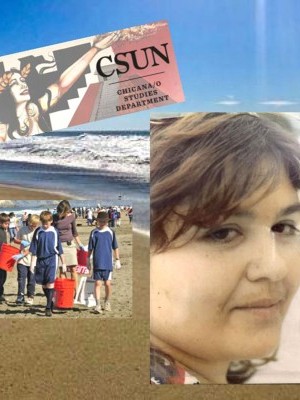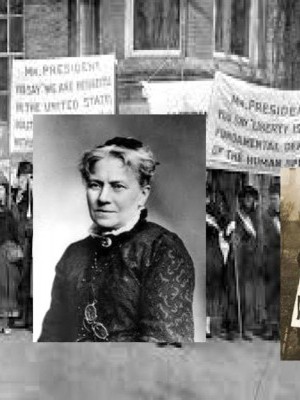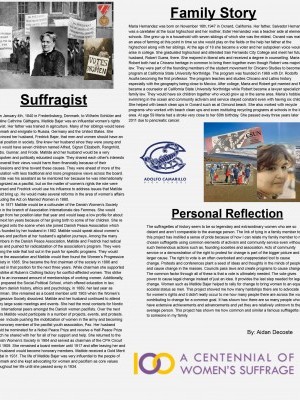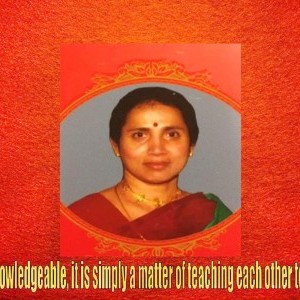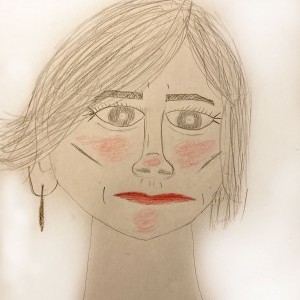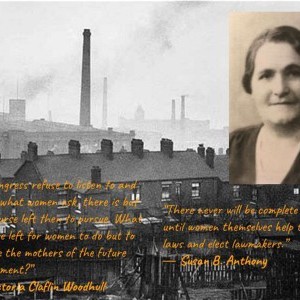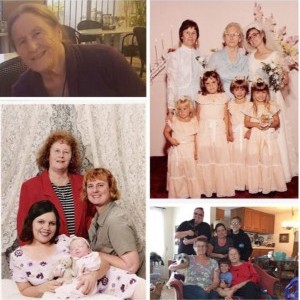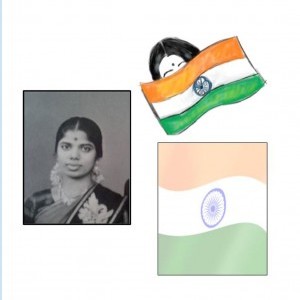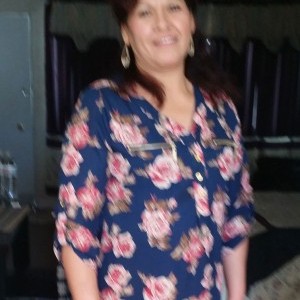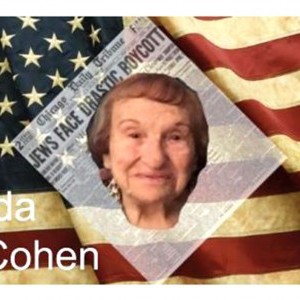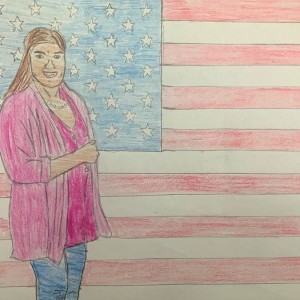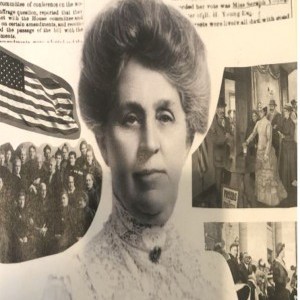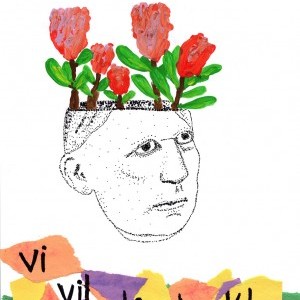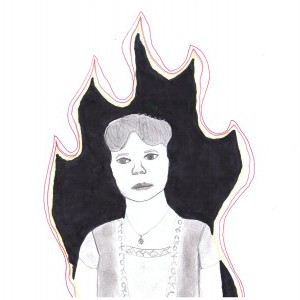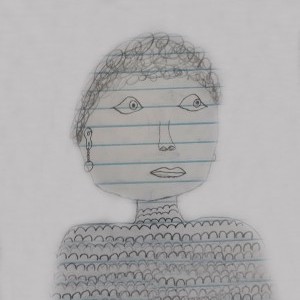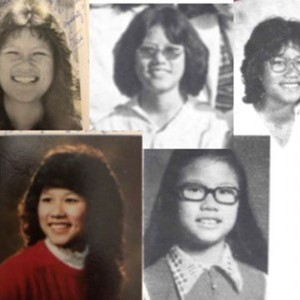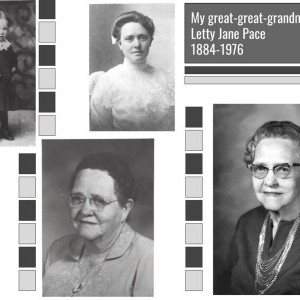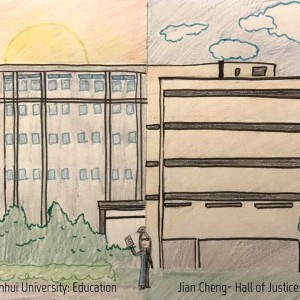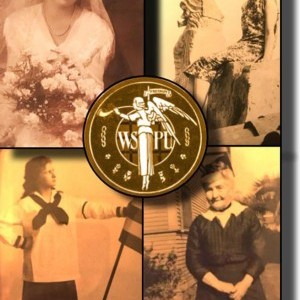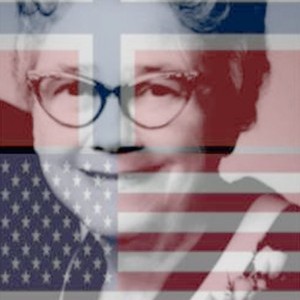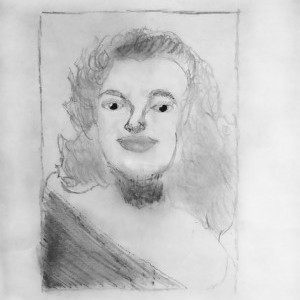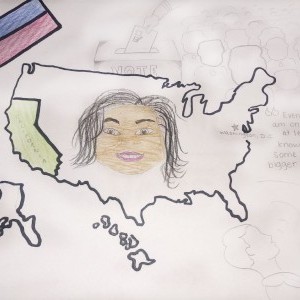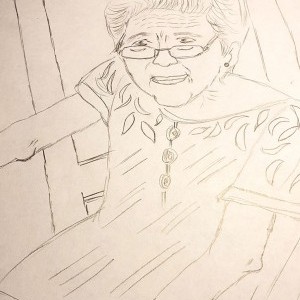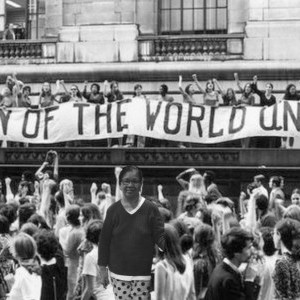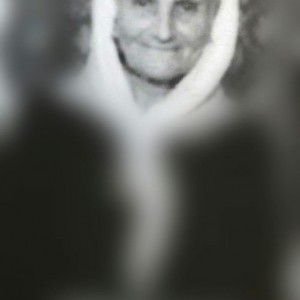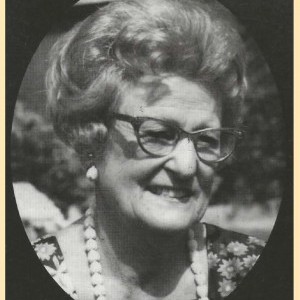Aidan DeCoste
Adolfo Camarillo High School | Camarillo, CA | 10th
Inspirational Family Member
Maria Hernandez
Maria Hernandez was born on November 16,1947 in Oxnard, California. Her father, Salvador Hernandez, was a caretaker at the local high school and her mother, Ester Hernandez, was a teacher’s aide at elementary schools. She grew up in a household with seven siblings of which she was the eldest. Oxnard was mainly an area of farming at this point in time so she would play in the fields or help her father at the high school along with her siblings.
At the age of 18 she became a voter and her outspoken voice would arise in college. She graduated high school and attended San Fernando City College and met her future husband, Robert Guera, there. She majored in liberal arts and received a degree in counseling. Maria and Robert both had a Chicano heritage in common to bring them together even though Robert was majoring in law. They were part of the founding members of the student movement for Chicano Studies to become a program at California State University Northridge. The program was founded in 1969 with Dr. Rodolfo Acuña becoming the first professor. The program teaches and studies Chicano and Latino history especially with the geography being close to Mexico.
After college, Maria and Robert got married and Maria became a counselor at California State University Northridge while Robert became a lawyer specializing in family law. They would have six children together who would grow up in the same area. Maria’s hobbies of swimming in the ocean and community activism and service stayed constant even with having six children. She helped with beach clean-ups in Oxnard such as at Ormond Beach. She also worked with recycle programs who worked with beach clean-ups and even instituting recycling programs at schools in the local area. At age 59 Maria had a stroke very close to her 60th birthday. She passed away three years later in 2011 due to pancreatic cancer.
Historical Figure I Admire
Matilde Bajer
orn January 4, 1840 in Frederiksberg, Denmark, to Wilhelm Schlüter and Pauline Cathrine Gäthgens, Matilde Bajer was an influential women’s rights activist. Her father was trained in agriculture. Many of her siblings would leave Denmark and emigrate to Russia, Germany and the United States. She convinced her husband, Fredrick Bajer, that men and women should have an equal position in society. She knew her husband since they were young and they would have seven children named Alfred, Sigrun Elizabeth, Rangnhild, Tordis, Gunnar, and Frode. Matilde and her husband would be a very outspoken and politically educated couple. They shared each other's interests but overall their views would harm them financially because of their professions and time toward these causes. They were ahead of most of the population with less traditional and more progressive views across the board. Matilde was his assistant as he mentored her because he was internationally recognized as a pacifist, but on the matter of women’s rights the roles were reversed and Fredrick would use his influence to address issues that Matilde would bring up. He would make several reforms in the area of women’s affairs including the Act on Married Women in 1880.
In 1871, Matilde would be a cofounder of the Danish Women’s Society help in the branch of Association Internationale des Femmes. She would resign from her position later that year and would keep a low profile for about the next ten years because of her giving birth to some of her children. She reëmerged onto the scene when she joined the Danish Peace Association, which was founded by her husband in 1882. Matilde would speak about women’s issues and pacifism at her husband’s agitation journeys.
Among the many members in the Danish Peace Association, Matilde and Fredrick had radical ideas and pushed for radicalization of the association’s program. They were among the side that lost out in the push for specific programs. They would leave the association and Matilde would then found the Women’s Progressive Society in 1885. She became the first chairwoman of the society in 1886 and served in that position for the next three years. While chairwoman she supported the strike at Ruben’s Clothing factory for conflict-affected women. This strike led to an increased amount of memberships of working women. Additionally, she prepared the Social-Political School, which offered education in law, modern Danish history, ethics and psychology, in 1889, her last year as chairwoman. She remained as a board member until 1903 when the Women’s Progressive Society dissolved. Matilde and her husband continued to attend many large-scale meetings and events. She had the most contacts for Nordic and international peers amongst the Danish women pacifists. Over the next years Matilde would participate in a number of projects, events, and protests. These included pushing the mobilization of women in the army and becoming an honorary member of the pacifist youth association, Pax. Her husband would be nominated for a Nobel Peace Prize and receive a Half-Peace Prize which he shared with her for all of her support and help. She returned to the Danish Women’s Society in 1904 and served as chairwoman of the CPH Circuit until 1909. She remained a board member until 1917 and, after leaving, she and her husband would become honorary members. Matilde received a Gold Merit Medal in 1931.
The life of Matilde Bajer was very influential to the people of Denmark and she kept advocating for women and pacifism as core values throughout her life until she passed away in 1934.
What the Project Means to Me
The suffragettes of history seem to be so legendary and extraordinary women who are so distant and aren’t comparable to the average person. The link of tying in a family member to this project has instilled a sense of pride because of how I can relate my family member to my chosen suffragette using common elements of activism and community service even without such tremendous actions as founding societies and associations.
Acts of community service or a demonstration of the right to protest for change is part of the bigger picture and larger cause. The right to vote is an often overlooked and unappreciated tool to cause change. Protests and conferences plant a seed of ideas and thoughts in the minds of people and cause change in the masses. Councils pass laws and create programs to cause change. The common factor through all of these is that a vote is ultimately needed. The vote gives power to cause legal change instead of just an idea. It provides the last step needed for legal change. Women such as Matilde Bajer helped to rally for change to bring women to an equal societal status as men. This project showed me how many hardships there are to advocate for women’s rights and it didn't really occur to me how many people there are across the world contributing to change for a common goal. It has shown how there are so many people who have extensive achievements and advancements and yet they are relatively unknown to the average person. This project has shown me how common and similar a famous suffragette is to someone in my family.
Explore the Archive
More From This Class
Click on the thumbnails below to view each student's work.Deadline Extended
There's still time to join Women Leading the Way.
Become a part of our storytelling archive. Enroll your class today.
Join the Project

